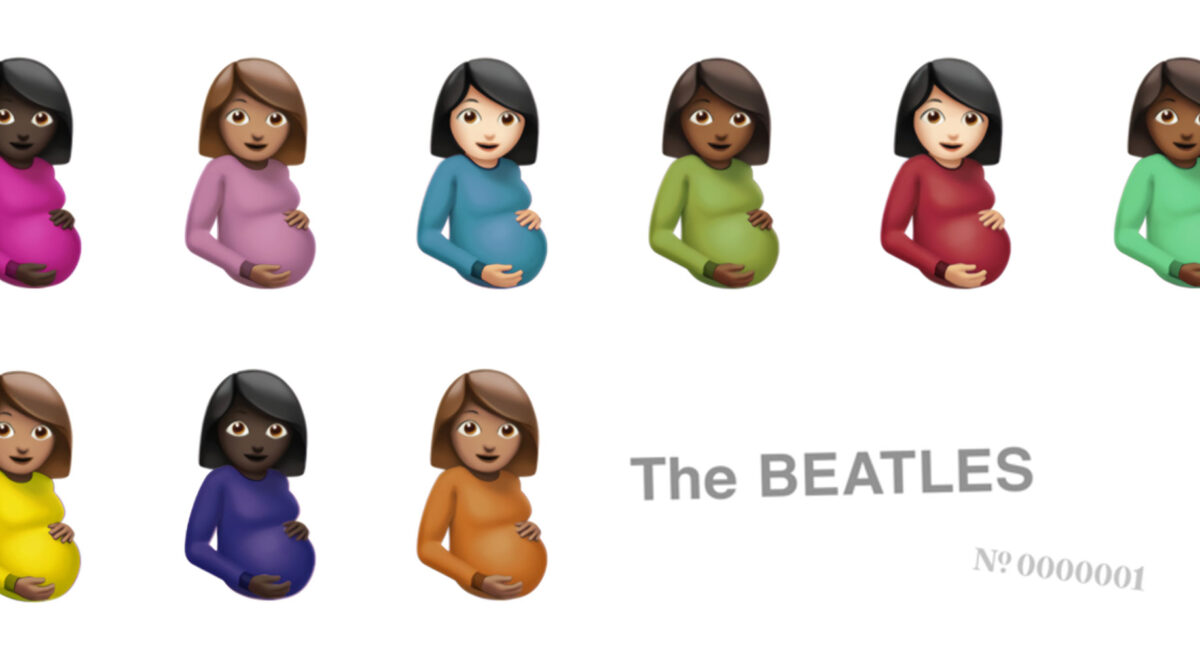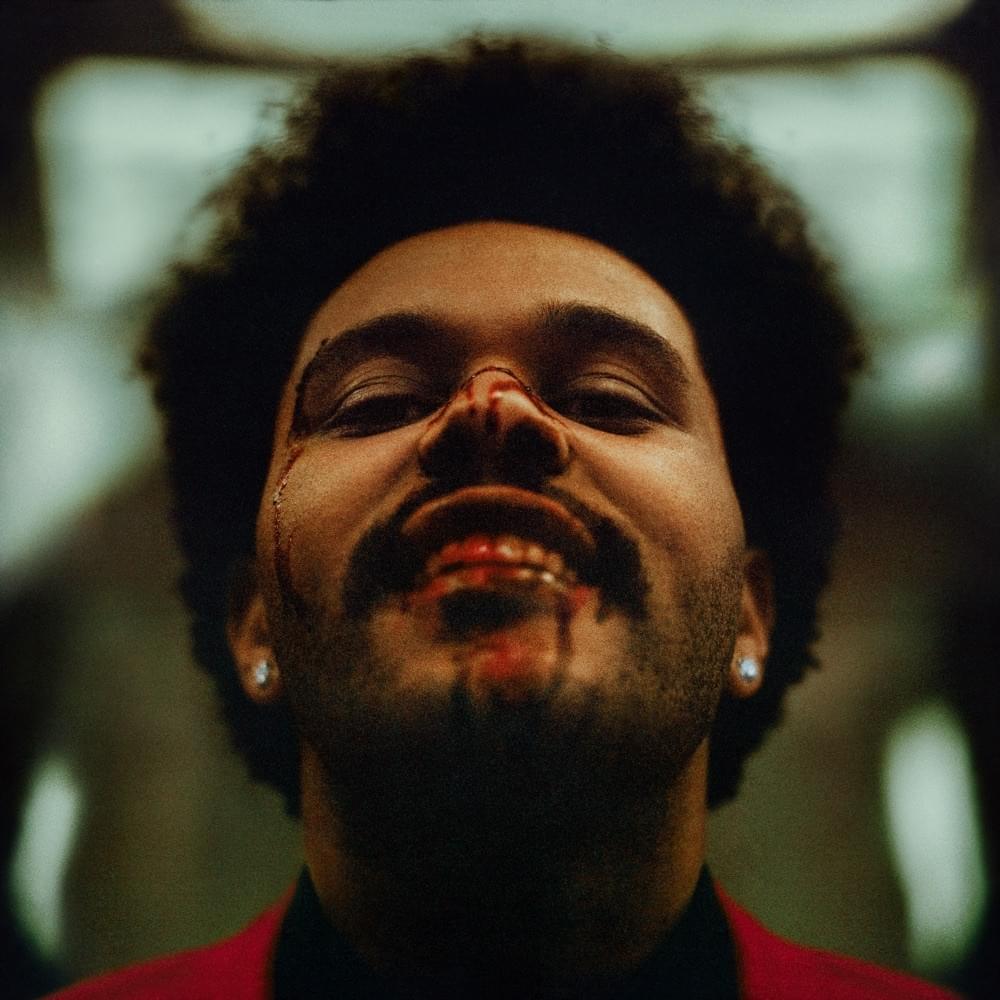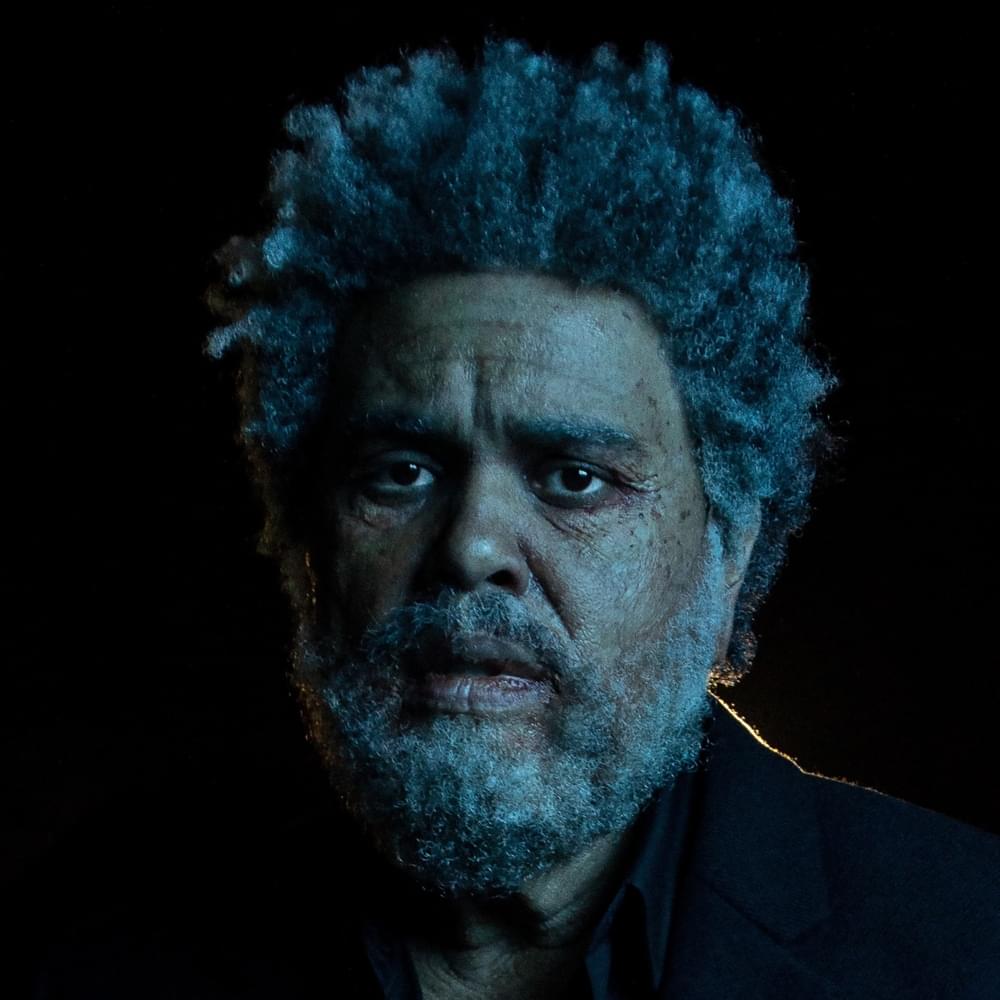Sometimes it’s weird to remember that in the history of music and the world, albums and singles are a relatively new phenomenon. In the past century there have been so many iconic albums and accompanying covers which is quite the achievement for such a short amount of time.
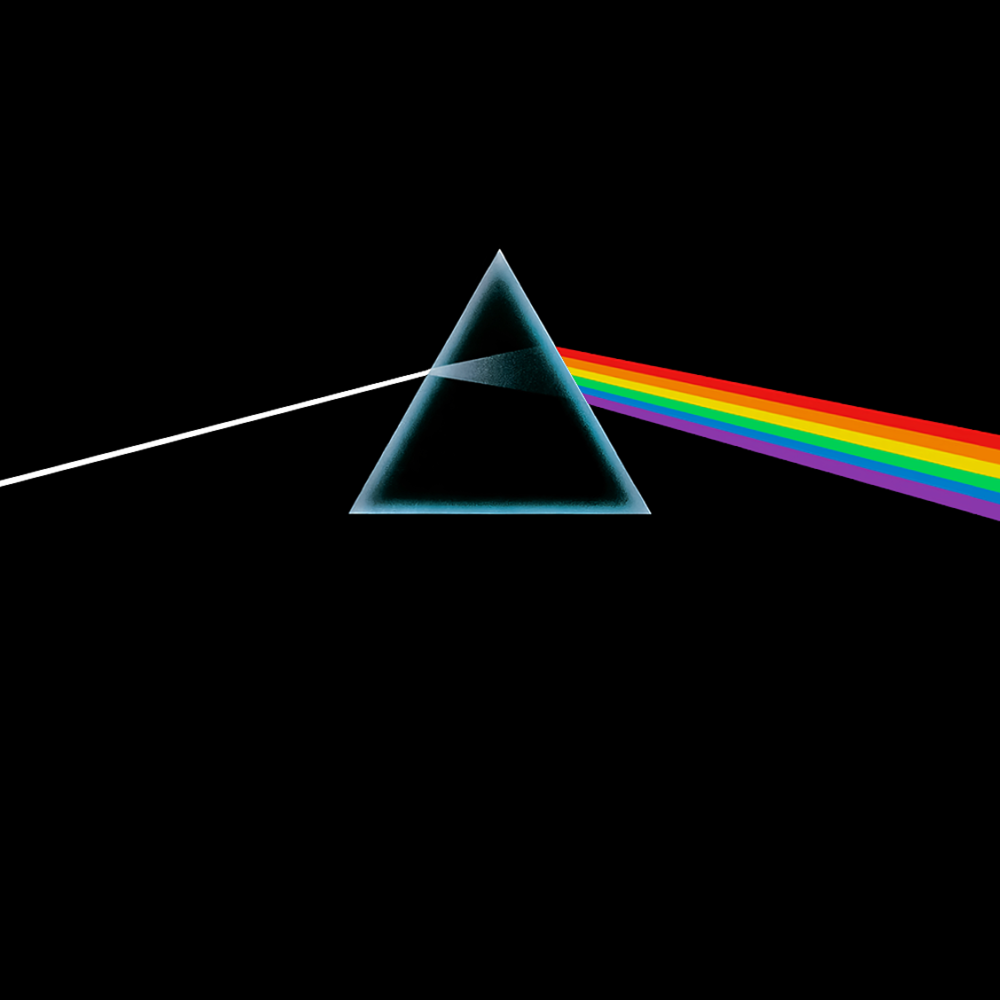
But the notion of what makes an “album” is always in flux. At first, singles dominated the music market, based on the limitations of the records that were available at the time (Katz 35-36). As more variations of recording materials were introduced, namely the 33 RPM record, companies began recording longer songs or selling compilations of singles as a way to repurpose existing material (Boyd; Max). From there, artists began releasing “albums” but they were merely collections of songs arbitrarily thrown together and were often dismissed as a simple commercial product (Osborne 105-111).
As early as the 1940s, some artists began experimenting with new ways to package music (Osborne 98). These early records, which were organized around a specific idea or narrative, were the origins of the concept album (Osborne 98). This, of course, became the dominant album format in the 1960s after the releases of The Beach Boys’ Pet Sounds and The Beatles’ Sgt. Pepper’s Lonely Hearts Club Band.
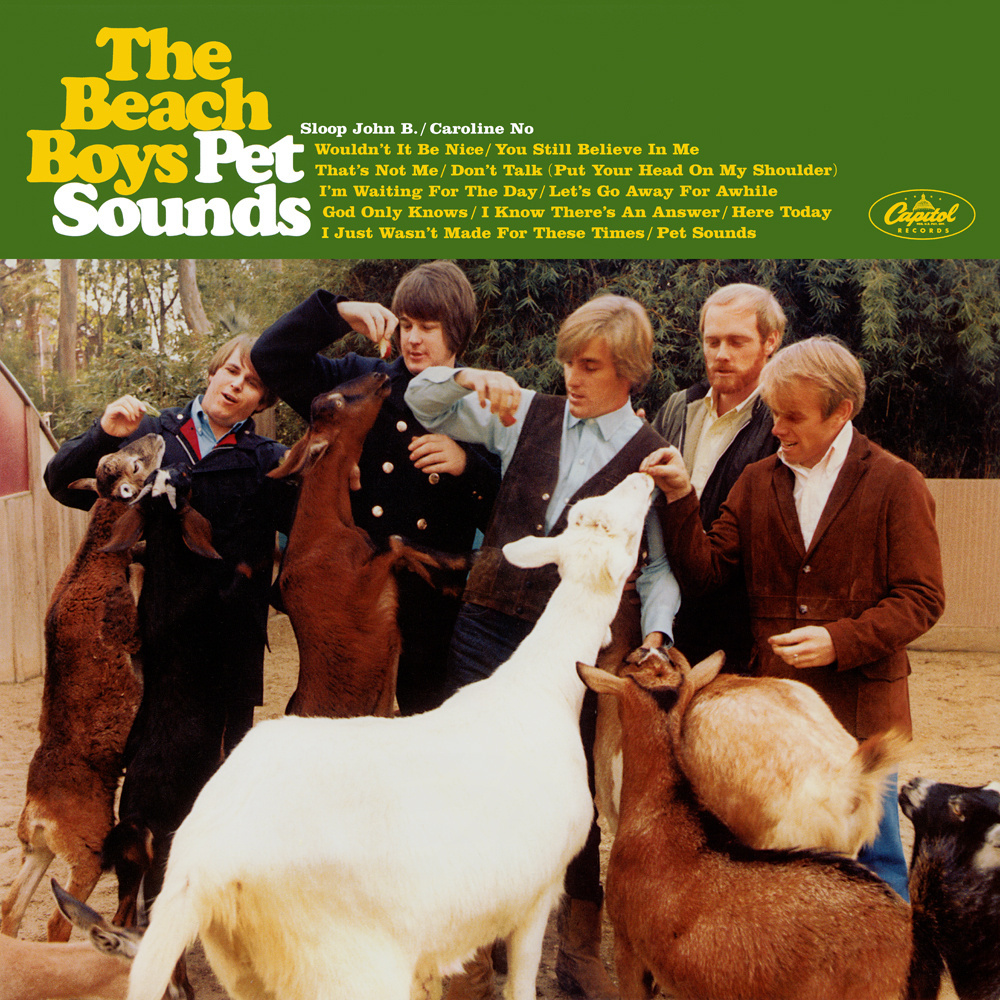
The next few decades were occupied largely by albums of this kind (e.g. What’s Going On, The Rise and Fall of Ziggy Stardust and the Spiders From Mars, Tommy, The Dark Side of the Moon, etc.). Some of these albums also were released alongside accompanying films (e.g. Purple Rain). Eventually, music videos accelerated the use of peripheral media alongside album releases.
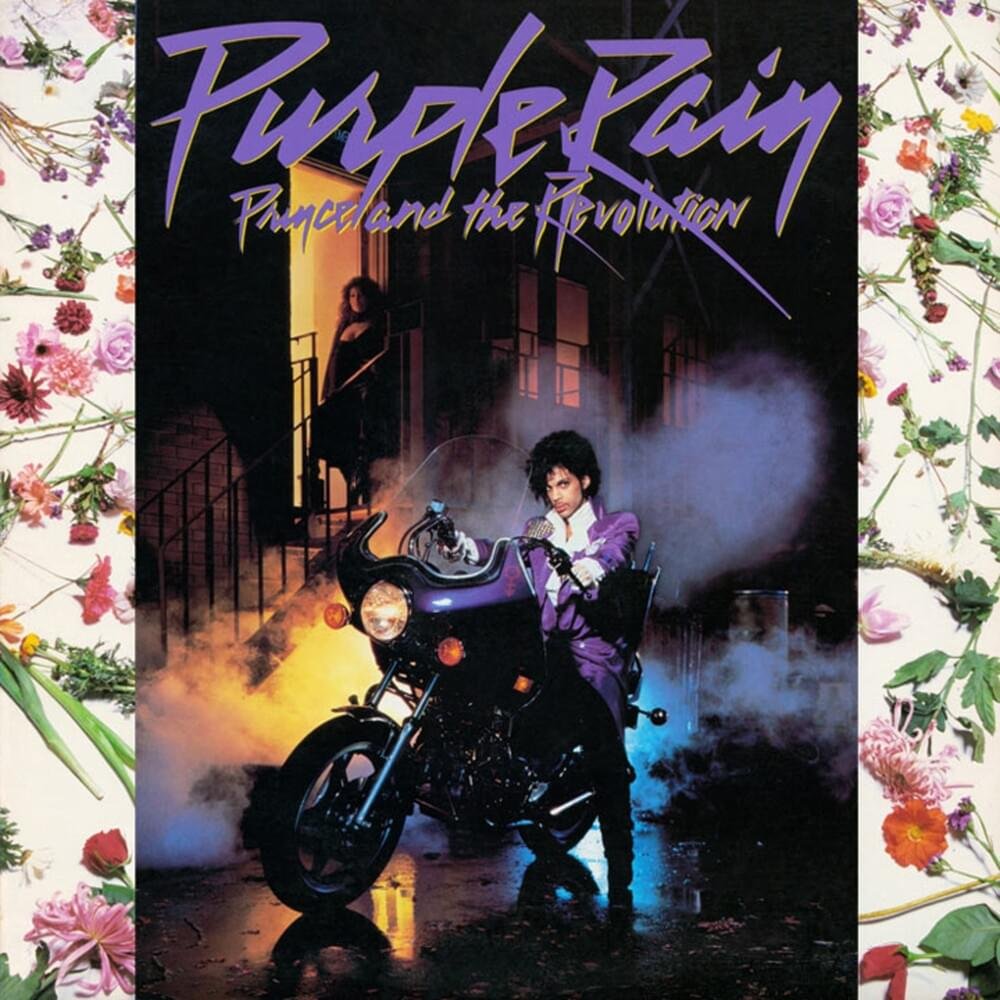
At the turn of the century, albums were released as “visual albums”, alongside customizable music videos, or, in the case of Childish Gambino’s Because the Internet, as entire transmedia storyworlds (Cuchna and Ostrander; Gaston). The advent of the internet allowed users to better tailor their listening experiences through playlists which additionally led to a revival of the singles market (Leight; Savage). Now, corporate-designed playlists dominate the streaming landscape which has led to shorter songs and longer “albums” which, in the case of popular music, are increasingly returning to collections of bundled singles (Aguiar and Waldfogel; Beaumont-Thomas; Leight; Savage).
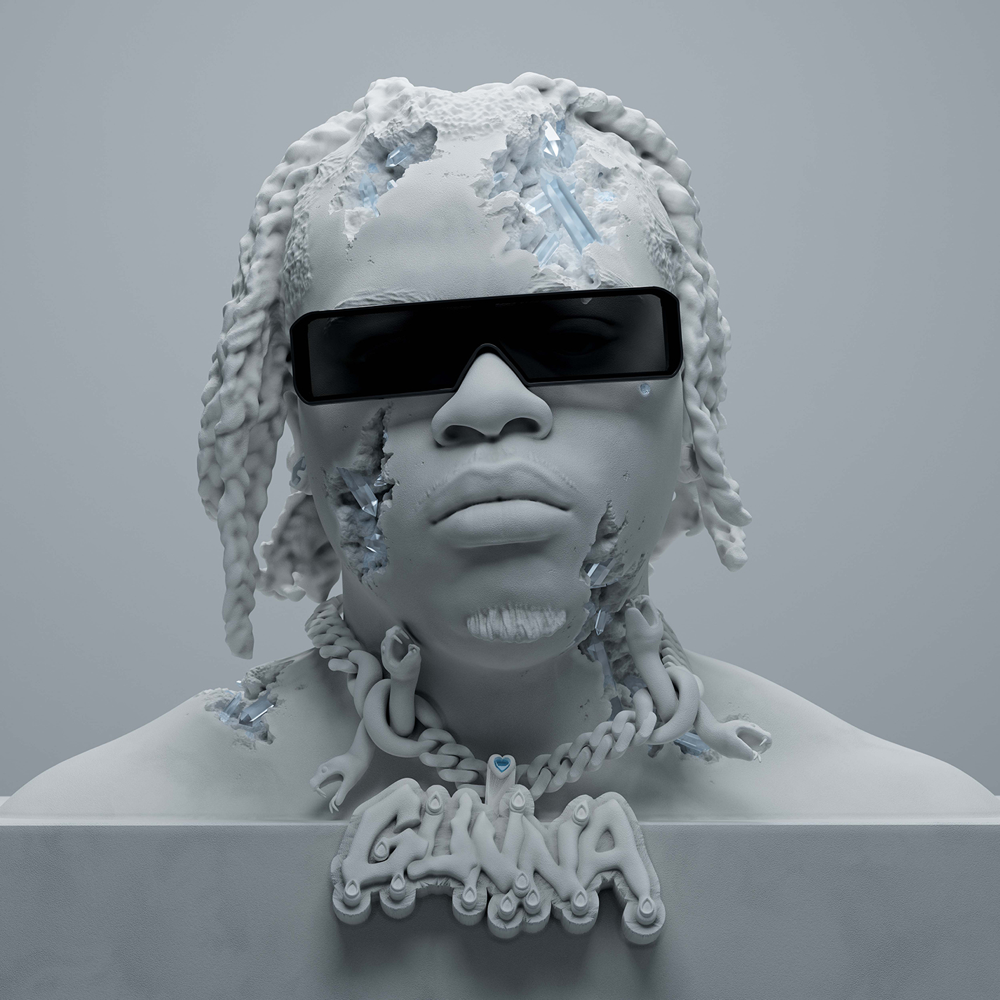
In a similar way, the album cover itself seems to be in a state of flux alongside the album, and not just due to the changing perceptions of what qualifies as “good” design. During the 1960s, the Beatles, primarily, expanded the possibilities of what an album cover could be by creating expansive and influential images or minimalist collector’s pieces.
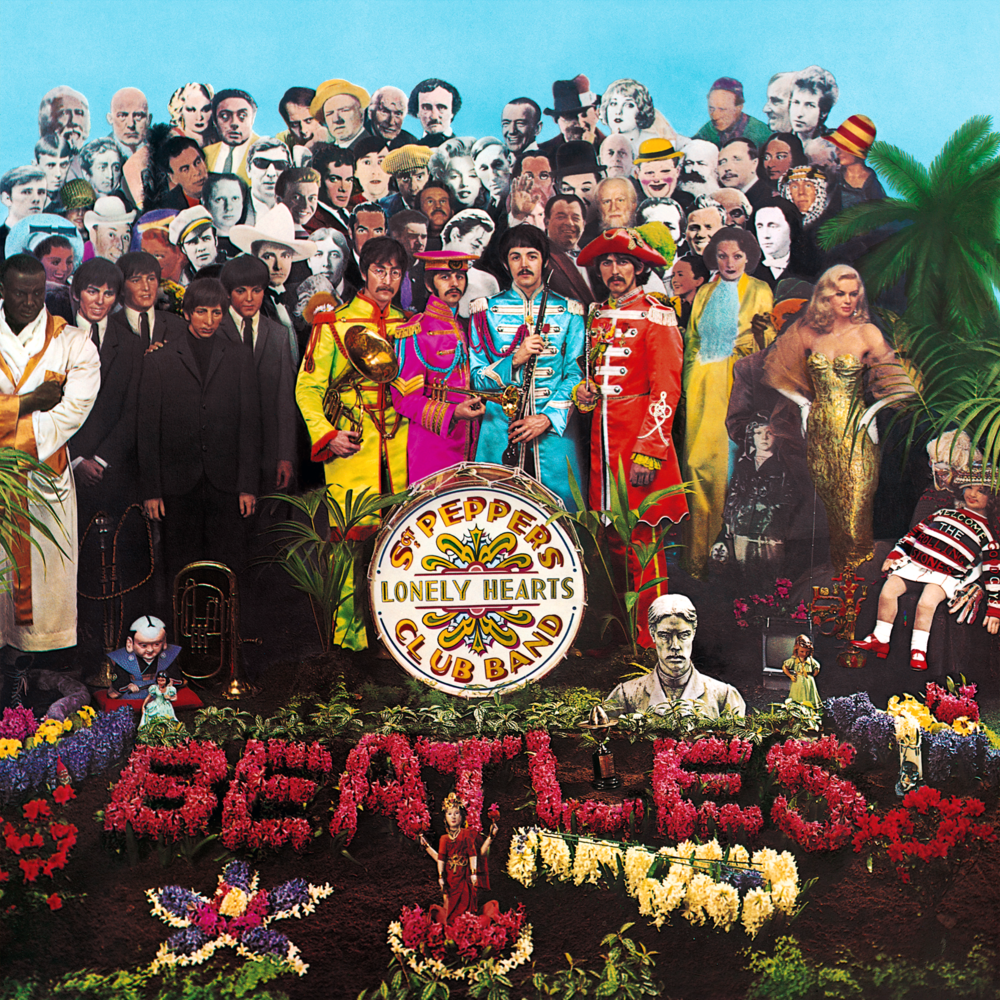
The covers in the era that followed became iconic and sought to represent the sonic palette of the music inside. To a certain extent, this has been true ever since. Covers can be ambitious art pieces, intimate photographs, or actual sandpaper in the case of the band The Durutti Column. Or, once again, if you’re from the future like Donald Glover, they can be a literal .GIF.
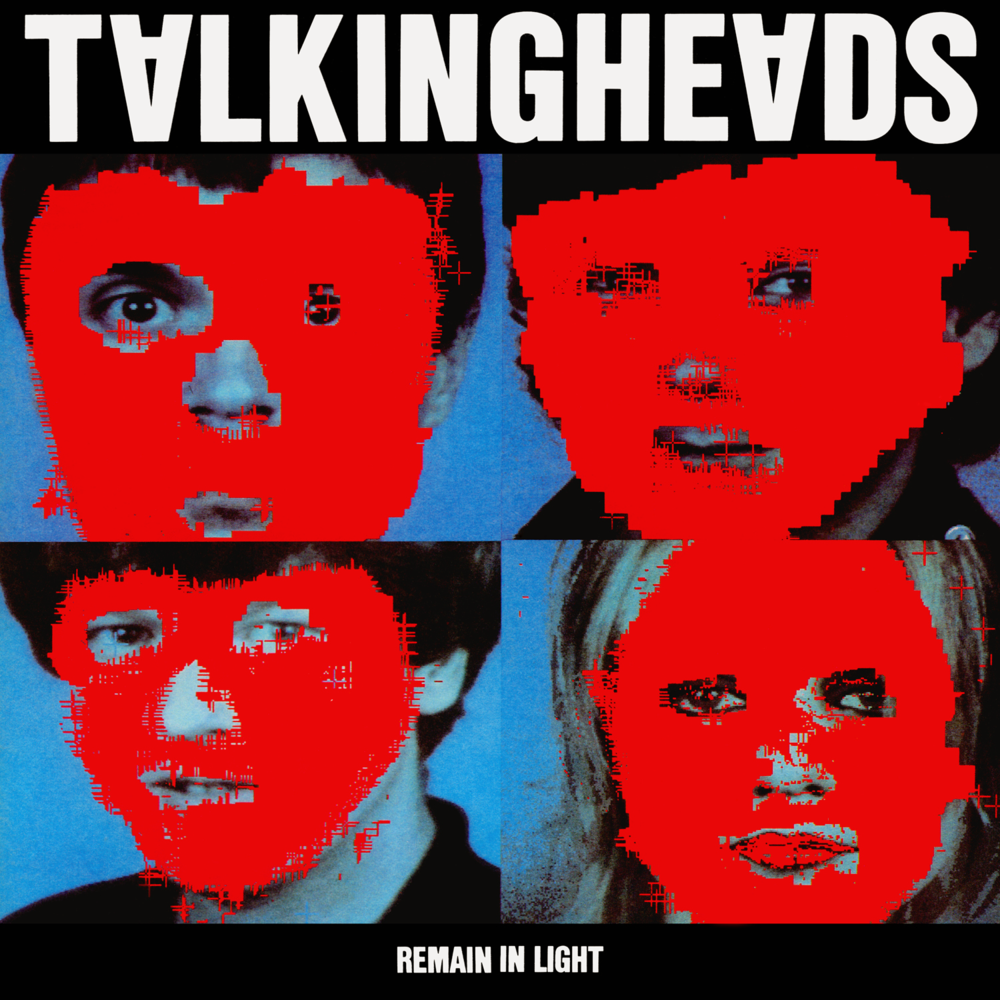
Now recently, there’s been a trend towards a different kind of album artwork: one that provokes conversation. Of course, there is precedent for this, such as the questionable, NSFW covers for Houses of the Holy by Led Zeppelin or Is This It by The Strokes. Nowadays, the purpose of these covers seems to be primarily virality.
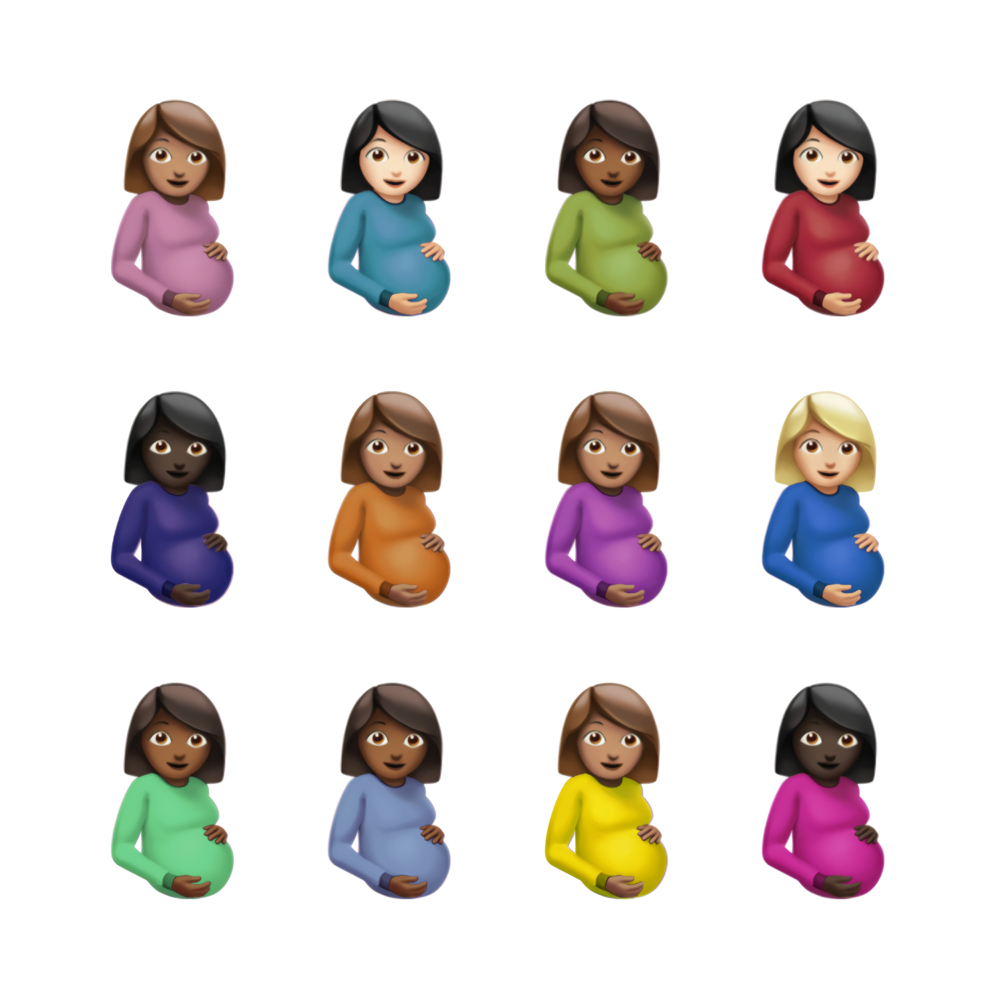
Take the above cover for Drake’s latest album Certified Lover Boy. It was immediately mocked upon its release and subsequently parodied. While it certainly isn’t an appealing cover by any means, it is a smart marketing move. The conversation surrounding the cover no doubt helped to bolster the amount of attention the album got (which would already have been astronomically because…. you know… it’s Drake). But Drake seems to have a knack for this. I remember when the Views cover was released, Drake also had a website where you could edit his image from the cover onto any other photo which spawned several spinoffs and memes.
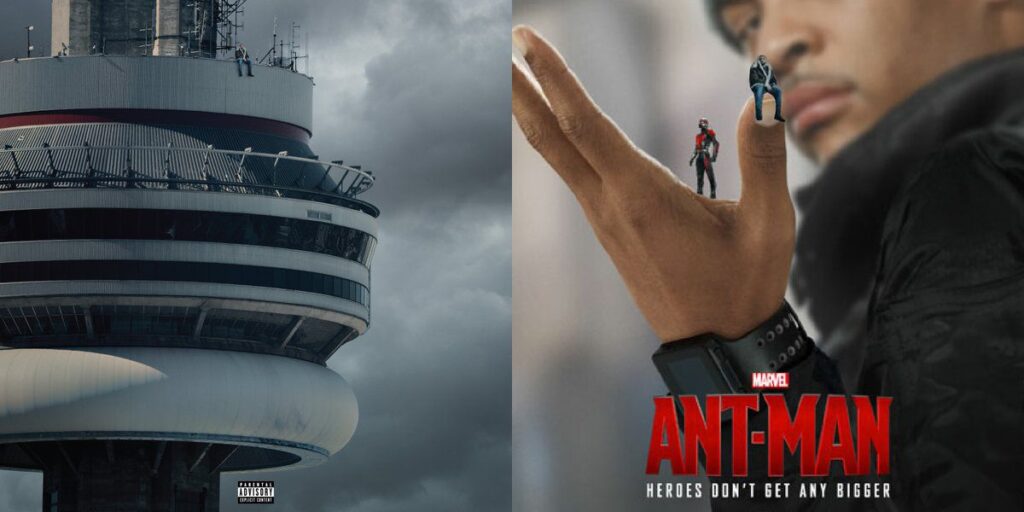
The cover of the Weeknd’s latest album seems to have a similar effect. When Abel released it, it was immediately panned on social media and word of “Old Abel” spread across the internet like wildfire. Several vinyl-exclusive covers have been released for the album which are all well-designed and much more appealing images than the one chosen for digital releases. It seems that the virality of an album cover is now beginning to supersede its aesthetic or symbolic significance.
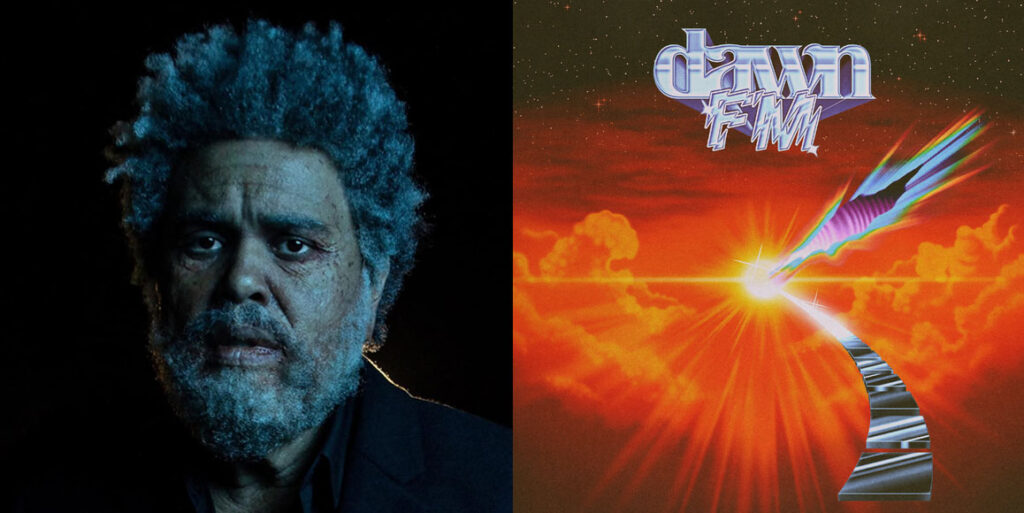
Now, don’t get me wrong, the iconography on both of these covers is relevant to both artists and the albums themselves, but it’s clear that the goal was not purely design-based. It was conversation. Is that a bad thing? I’m not sure. It slightly ails me to think that album art will go the way of the album itself and become more about attention-harvesting instead of simply trying to create something beautiful. But also, there is more engagement built into these covers which I think is a positive in the current music age.
When I think about some of my favourite album covers, they’re also not necessarily the ones that are most “aesthetically pleasing” or “perfectly designed”. They’re the ones that are entirely captivating on their own while simultaneously capturing the spirit of whatever sounds are beneath the surface. I think as long as this principle still matters, there is room for interaction and virality inside of that framework. I actually think Views is a pretty good example of that. The cover is definitely representative of the album but also has that viral, memetic quality. I’d be lying if I said I didn’t use the generator to add Drake sitting on my shoulder (in my defense, I was 16 and those photos have been permanently destroyed). I’m hoping this trend pushes more artists to pursue meaningful artworks instead of a larger foray into laziness for the sake of igniting online conversation.
Works Cited:
Aguiar, Luis, and Joel Waldfogel. “Platforms, Promotion, and Product Discovery: Evidence from Spotify Playlists.” National Bureau of Economic Research, 18 Jun. 2018. ProQuest, https://www.proquest.com/docview/2115108214?pq-origsite=summon&accountid=13631.
Beaumont-Thomas, Ben. “45 Songs by Chris Brown, Anyone? Why Albums are Getting Longer.” The Guardian, 31 Oct. 2017, https://www.theguardian.com/music/2017/oct/31/why-albums-are-getting-longer-chris-brown.
Boyd, Brian. “The Beatles, Bob Dylan and The Beach Boys: 12 Months That Changed Music.” The Irish Times, 4 Jun. 2016, https://www.irishtimes.com/culture/music/the-beatles-bob-dylan-and-the-beach-boys-12-months-that-changed-music-1.2671482.
Cuchna, Cole, and Camden Ostrander, hosts. “S7E1 – Childish Gambino: Because The Internet.” Dissect Podcast, season 7, episode 1, Spotify, 2020, https://open.spotify.com/episode/4eFo8fOZMjGbtVjJKCfg65?si=PkUdKIQJTfqcIZf6yZ-Kww.
Gaston, Peter. “Arcade Fire: Interactive Video For ‘The Suburbs’.” Spin, 30 Aug. 2010, https://www.spin.com/2010/08/arcade-fire-interactive-video-suburbs/.
Katz, Mark. Capturing Sound: How Technology has Changed Music. University of California Press, 2004. ACLS Humanities Ebook, https://www-fulcrum-org.ezproxy.lib.ryerson.ca/epubs/ng451h98c?locale=en#/6/2[cover]!/4/4/1:0.
Leight, Elias. “Why Your Favorite Artist Is Releasing More Singles Than Ever.” Rolling Stone, 7 May 2018, https://www.rollingstone.com/music/music-features/why-your-favorite-artist-is-releasing-more-singles-than-ever-629130/.
Max, Jennifer. “EP vs LP vs SP: Let’s Talk Reality (2021 Edition).” SoundMaximum, 21 May 2021, https://www.soundmaximum.com/ep-vs-lp-vs-sp/.
Osborne, Richard. Vinyl: A History of the Analogue Record. Routledge, 2014. ProQuest Ebook Central, https://ebookcentral-proquest-com.ezproxy.lib.ryerson.ca/lib/ryerson/reader.action?docID=1068873.
Savage, Mark. “Playlists ‘more popular than albums’.” BBC, 23 Sept. 2016, https://www.bbc.com/news/entertainment-arts-37444038.
—
Completed as part of my Business of Music II course at Toronto Metropolitan University in the winter 2022 semester.

